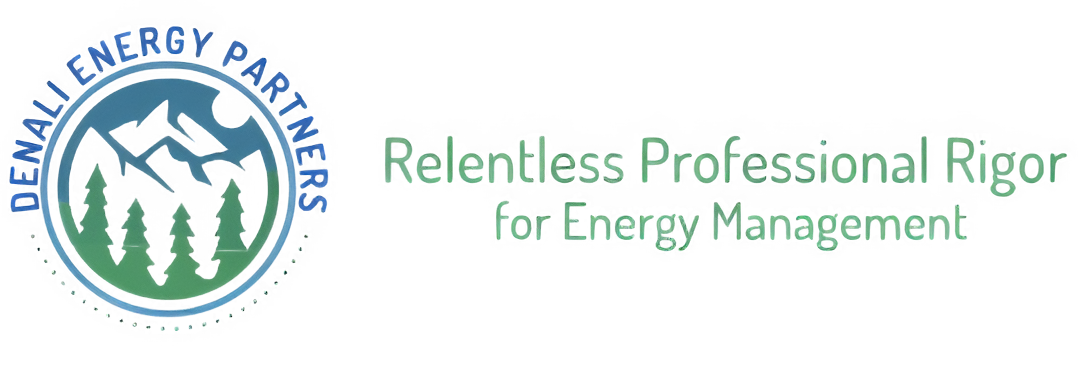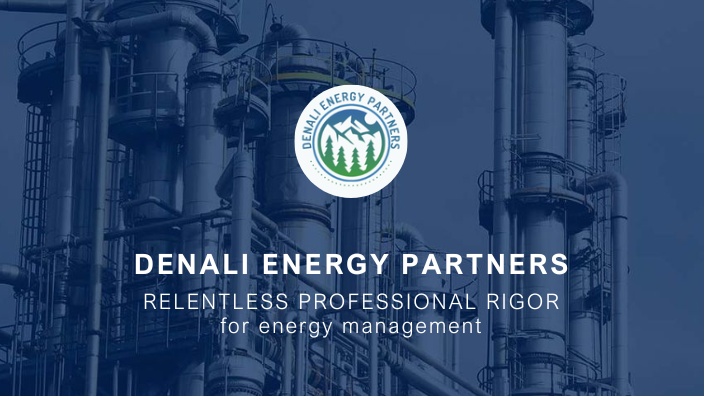Integration of Energy Systems for Industrial Parks
Denali-ep
| 2 de octubre de 2024
Integration of Energy Systems for Industrial Parks: Introduction
In today's world, where energy efficiency and sustainability are more critical than ever, integrating energy systems in industrial parks has become a priority. Why is it so crucial? Because it’s not just about saving money, but also about taking care of our planet and securing a greener future for the next generations.
Basic Concepts
What are energy systems?
Energy systems are interconnected components that generate, transmit, store, and consume energy. These systems include energy sources, such as solar panels or wind turbines, as well as distribution networks and storage solutions.
Types of Energy Systems
- Solar energy: Uses photovoltaic panels to convert sunlight into electricity.
- Wind energy: Employs turbines to transform wind into electrical power.
- Cogeneration: Simultaneously generates electricity and useful heat.
- Biomass: Produces energy from organic matter.
- Hybrid systems: Combine multiple energy sources to maximize efficiency.
Benefits of Energy System Integration
Energy efficiency
Integrating various energy systems enables more efficient resource management, optimizing energy use and minimizing losses.
Cost reduction
Implementing these systems can significantly reduce operational costs in the long term, as renewable energy sources typically have lower production costs once installed.
Environmental sustainability
The use of renewable energy contributes to reducing greenhouse gas emissions, promoting a more sustainable and environmentally responsible industry.
Types of Energy Systems for Industrial Parks
Solar energy
Solar power is one of the most accessible and abundant sources. Industrial parks can take advantage of large areas to install solar panels and generate their own electricity.
Wind energy
In regions with consistent wind patterns, wind turbines are an excellent option. These can be installed on land or offshore, depending on the industrial park’s location.
Cogeneration
Cogeneration is highly efficient because it uses the heat typically wasted during electricity generation. It is ideal for industries that need both electricity and heat in their processes.
Biomass
Biomass converts organic waste into energy, providing not only a renewable energy source but also a way to manage industrial waste.
Hybrid systems
Hybrid systems combine multiple energy sources to ensure a reliable and steady supply, maximizing efficiency and reducing dependency on a single source.

Assessing Energy Needs
Energy demand analysis
Before integrating any system, it is essential to conduct a detailed analysis of the industrial park's energy demand. This includes identifying consumption peaks and specific energy needs for various industrial processes.
Resource availability assessment
It is necessary to evaluate the available energy resources at the site. This could include sunlight, wind speed, biomass availability, etc.
Selecting the right technologies
Based on the energy demand and resource assessment, the most suitable technologies for the industrial park’s needs and conditions are selected.
Design and Planning for Integration
Step-by-step design process
The design of an integrated system starts with a detailed plan that includes technology selection, grid distribution design, and installation planning.
Planning tools and software
Various tools and software are available to assist in planning and simulating energy system integration, ensuring optimal design before implementation.
Implementing Energy Systems
Solar panel installation
Solar panel installation requires careful planning to maximize sunlight exposure and ensure proper connection to the industrial park's power grid.
Wind turbine setup
Setting up wind turbines involves studying wind direction and speed, as well as determining the optimal height and location for the turbines.
Cogeneration system installation
For cogeneration, it is essential to integrate the electricity and heat generation systems efficiently to ensure that both energy flows are used effectively.
Monitoring and Maintenance
Importance of continuous monitoring
Continuous monitoring allows for the identification and correction of any issues in real-time, ensuring that energy systems operate optimally and efficiently.
Preventive maintenance techniques
Preventive maintenance is key to extending equipment lifespan and avoiding unexpected failures. This includes regular inspections, cleaning, and replacing worn components.
Case Studies
Successful industrial park examples
Analyzing success stories can provide valuable lessons and best practices. For example, Kalundborg Industrial Park in Denmark is a standout example of energy system integration.
Lessons learned
Case studies can teach us strategies that work best and how to overcome common challenges in integrating energy systems.
Challenges and Solutions
Common challenges in energy system integration
Some challenges include the variability of renewable energy sources, the need for energy storage, and the complexity of integrating different technologies.
Strategies to overcome challenges
To address these challenges, efficient storage systems can be implemented, backup infrastructures developed, and hybrid technologies utilized.
Innovations and Future Trends
Technological advances in renewable energy
Innovations in solar, wind, and energy storage technologies are making energy system integration more feasible and efficient.
Emerging trends in industrial parks
Current trends include the use of artificial intelligence for energy management and the implementation of smart grids to optimize resource usage.
Policies and Regulations
Local and international regulations
Compliance with regulations is essential for the implementation of energy systems. These rules ensure that systems are safe, efficient, and sustainable.
Government incentives
Many governments offer incentives for adopting renewable energy, including subsidies, tax credits, and feed-in tariffs.
Economic Impact
Long-term savings
Although the initial investment may be high, integrated energy systems offer significant long-term savings in operational and energy costs.
Return on investment
The return on investment for these systems is generally positive, especially when considering government incentives and energy cost savings.
Environmental Impact
Reducing carbon footprint
Integrating renewable energy significantly reduces the carbon footprint of industrial parks, contributing to the fight against climate change.
Contribution to sustainability
These systems promote sustainable industrial practices, helping to preserve the environment for future generations.
Conclusion
Integrating energy systems in industrial parks is an essential strategy for improving energy efficiency, reducing costs, and promoting sustainability. With technological advancements and governmental support, these systems are becoming increasingly accessible and viable for a greener future.
What are energy systems in industrial parks?
Energy systems in industrial parks are interconnected components that generate, transmit, store, and consume energy. They can include renewable energy sources like solar panels and wind turbines, as well as cogeneration systems and energy storage solutions. The goal is to create a more efficient and sustainable energy supply for industrial operations.
What are the benefits of integrating energy systems?
Integrating energy systems offers numerous benefits, including improved energy efficiency, reduced operational costs, and enhanced environmental sustainability. By utilizing renewable energy sources, industrial parks can lower greenhouse gas emissions and decrease reliance on fossil fuels, contributing to a cleaner planet.
What types of energy sources can be integrated in industrial parks?
Industrial parks can integrate various energy sources, including solar energy (photovoltaic panels), wind energy (turbines), biomass, and cogeneration systems. Hybrid systems that combine multiple energy sources can also be used to ensure a reliable and efficient energy supply.
How can industrial parks assess their energy needs?
To assess energy needs, industrial parks should conduct a detailed analysis of their energy demand, including identifying peak consumption times and specific requirements for different processes. Additionally, evaluating the availability of local resources (like sunlight and wind) helps in selecting appropriate technologies for integration.
What challenges might arise during the integration of energy systems?
Common challenges include the variability of renewable energy sources, the need for adequate energy storage, and the complexity of integrating different technologies. Overcoming these challenges may involve implementing advanced storage solutions, developing backup infrastructure, and utilizing hybrid systems for better efficiency.




